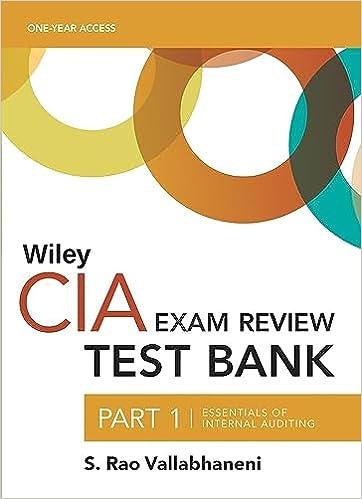Question
2.) One can ably analyze some aspects of welfare programs with the income-leisure analysis from chapter 17. For instance, by definition, a welfare program must
2.) One can ably analyze some aspects of welfare programs with the income-leisure analysis from chapter 17. For instance, by definition, a welfare program must feature three variables:
1.) a maximum benefit level (B when earned income is 0);
2.) a benefit reduction rate, BRR (the rate at which B is reduced as earned income rises; if I earn $X, my benefits are reduced by $X*BRR); and
3.) a cut-off point (the miminum earned income level such that B is reduced to 0). a.) Again draw the income-leisure constraints for one who can work as many as 80 hours per week and faces a wage of $10 per hour (but no overtime!). Then, add the income- leisure choices available to the above person if the welfare program for which they are eligible has B = $240/week and a BRR of 100% (of income earned). What is the slope of the new constraint? (It may help to construct a table with B, earned income, and total income.) b.) Draw the constraints for a BRR of 0%. What is the slope of the new constraint? c.) Draw the constraints for BRR's of 33% (1/3), 50% (1/2), and 67% (2/3). What is the cut-off point and the slope of the constraint in each case? (Hint: A table with earned income, benefits, and total income may be helpful in calculating the cut-off point.) d.) What is the policy dilemma in setting these variables?
Step by Step Solution
There are 3 Steps involved in it
Step: 1

Get Instant Access to Expert-Tailored Solutions
See step-by-step solutions with expert insights and AI powered tools for academic success
Step: 2

Step: 3

Ace Your Homework with AI
Get the answers you need in no time with our AI-driven, step-by-step assistance
Get Started


